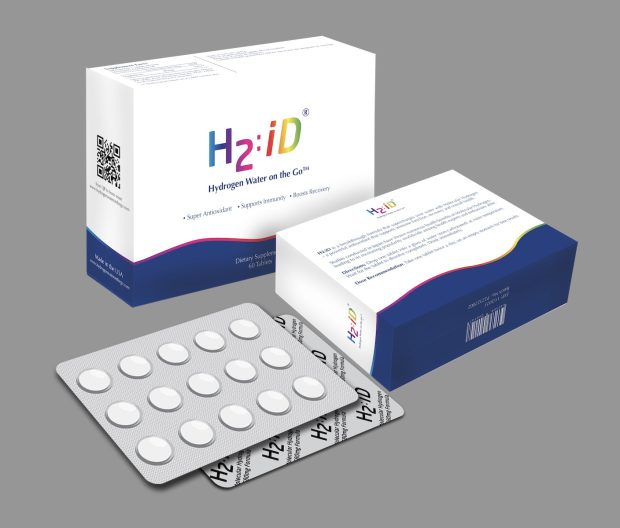Testing plays an important role in overcoming complex technical challenges and meeting the actual expectations of the customer. Understanding the significance of testing helps deliver quality-driven applications. Therefore, it becomes imperative to conduct various types of testing before actually releasing the product on the market. In this blog post, you will learn regression testing in software testing, its types, and the best practices to carry out regression testing.
Software Regression Testing
Regression testing is one of many types of software testing. This testing helps QA teams execute updates, optimization tasks, or code changes without affecting the performance of existing applications. Recognizing the regressions in the already tested environment is the prime goal of regression testing in software testing.
You can better understand regression testing with this example. Consider there is an application where users can add, remove and save their data. Now, developers are integrating a feature that permits users to update and edit the data. So, in that case, QA and testing teams need to ensure that the current functionalities are working as intended after the addition of new features.
To get a better idea, let’s have a look at the below scenarios and understand where to use the regression testing:-
- When some modifications are done in the main source code
- Modifications in the production environment
- Optimizations in source code
- Updation of current features with a new requirement
- The codebase is fixed to solve defects
- When some enhancements are done in the UI/UX abilities
Regression Testing and Its Types
As there can be different types of technical glitches and unexpected turbulent circumstances can occur, so it is imperative to get a brief understanding of regression testing types.
Unit Regression Testing
It is a type of regression testing. Unit testing helps deliver a useful coding unit that inculcates the value of overall software. This test works on many factors, comprising recurring errors as well. While evaluating the software, unit regression testing helps the testing team minimize the resulting dependencies.
Corrective Regression Testing
It is one of the most popular types of regression testing in software testing. When the specifications are not changed, test cases can be reused, and then corrective regression testing is performed. The testers get enough room to reuse the previous build test cases. This testing requires less time to find the bugs or errors.
Progressive Regression Testing
When the vision of a product or software is somewhat compromised, then progressive testing is performed so that new test cases can be built to address the changing requirements. This testing is primarily preferred when there is a need to build new test cases. Moreover, this testing allows the testers to perform the important steps within the updated or modified version of the program.
Partial Regression Testing
This testing is carried out only when new codes are added to the existing source code. The main motto of this testing is to keep the application up to date. This testing ensures that potential regressions can be removed properly.
Complete Regression Testing
To handle the major issues of coding, complete regression testing in software testing is the go-to option. This testing is specifically used to deal with the heavy modifications in the root code of the software application. It aids the tester in knowing and removing unexpected issues, thereby releasing error-free digital products and services.
Best Practices to Carry Out the Regression Testing
Develop a Strategy: Develop a strategy that comprises the list of important test cases. The testing strategy should be based on the risk analysis of the software. Aside from this, maintain a well-defined strategy and update it on a regular basis.
Include Different Test Suites: While conducting the regression testing, include the tests from different types of testing, such as unit testing, manual testing, and functional testing.
Execute the Test Cases Regularly: Whenever any modification or update is done, then carrying out the regression testing becomes all the more important. Regular execution of test cases ensures early and quick bug fixes.
Organize Test Cases Orderly: Organize the test cases based on their importance and influence on the application. This helps ensure the critical functions are always tested.
Keep in Sync with Software Developers: It is important to check whether the test suites are aligned with the software development process. So, keep a sync with the software developers to ensure that the test cases of regression testing in software testing are tested properly.
Monitor the Bugs or Defects: In order to properly deal with the testing issues, make sure you track and report the bug. This helps ensure the continuous improvement of software applications.
Final Thoughts
- Testing is often underestimated in the SDLC( Software Development Life Cycle as compared to the UI/UX design. But this fact cannot deny that testing plays a critical role in solving complex technical issues.
- Regression testing assists the testers and QA teams in delivering the desired and up-to-date product.
- If you want to optimize the process of regression testing in software testing, then you can choose Opkey. It provides a comprehensive test automation platform to carry out regression testing.
- By using Opkey, the process of regression testing can easily be automated. Aside from this, software testing teams can improve the accuracy, consistency, and overall quality of their software application.







